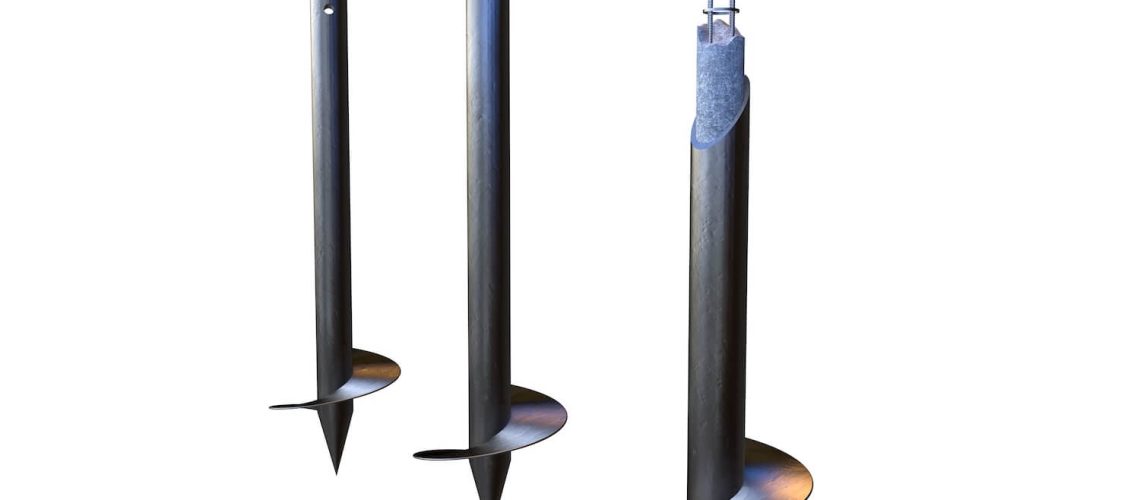When it comes to laying foundations, there are lots of different materials, tools, and techniques that experts utilize to ensure they get the very best results. With each year that passes these materials, tools and techniques become more advanced and fine-tuned, and new items are released onto the market to help take foundation creation to a whole new level.
One innovative idea that’s becoming more and more common in the world of building, is helical piles. They are found on various site types and serve a vital purpose. But, what are they, and what do they do?
Fortunately, this handy guide aims to explain just that, so what are you waiting for? Read on to discover more!
What You Need to Know
Decoding the jargon that surrounds such an expert topic isn’t always an easy task, but thankfully helical piles are a fairly simple concept to understand.
What are helical piles?
Helical piles, or screw piles to some, can be described as a creative deep foundation solution. They can be specially engineered to support loads of less than 1kN (225 lb), or loads that reach more than 5,000kN (1.125 million lb), making them ideal for all kinds of structures no matter what you have in mind. Your average helical pile will consist of a round steel shaft, along with one or more helical bearing blades that are carefully welded to the aforementioned shaft. A number of different influencing factors will dictate the specific length, thickness, and diameter of a shaft and its unique helical piles.
During the late 19th and early 20th century, a large number of lighthouses were built along the eastern seaboard of North America using a helical pile foundation; and remarkably, many of them are still standing to this very day! This certainly proves the value and quality of helical piles.
How are helical piles used?
Helical piles are used to provide foundational support for all kinds of different structures. Similarly to more traditional pile foundations, helical piles are driven deep underground and help disperse the often huge weight that sits on top of them. In most cases, a number of piles will be installed in order to create a kind of platform, and it’s this platform on which a building or other structure can rest.
To be installed, helical piles have to be twisted into the soil in a corkscrew fashion. As the shaft of each pile disappears underground, more extension segments can be connected to create a single pile that can extend hundreds of feet below the surface. Although helical piles are generally considered a more modern option, they are certainly being utilized with greater frequency as each year flies by.
Final Thoughts on Structural Projects
Understanding helical piles can help you to make the right decision when laying the foundations for your chosen structure. There are clearly lots of benefits that can help to strengthen your structure and provide you with a brilliant end result, so be sure to look into the option of helical pile installation during your build.

